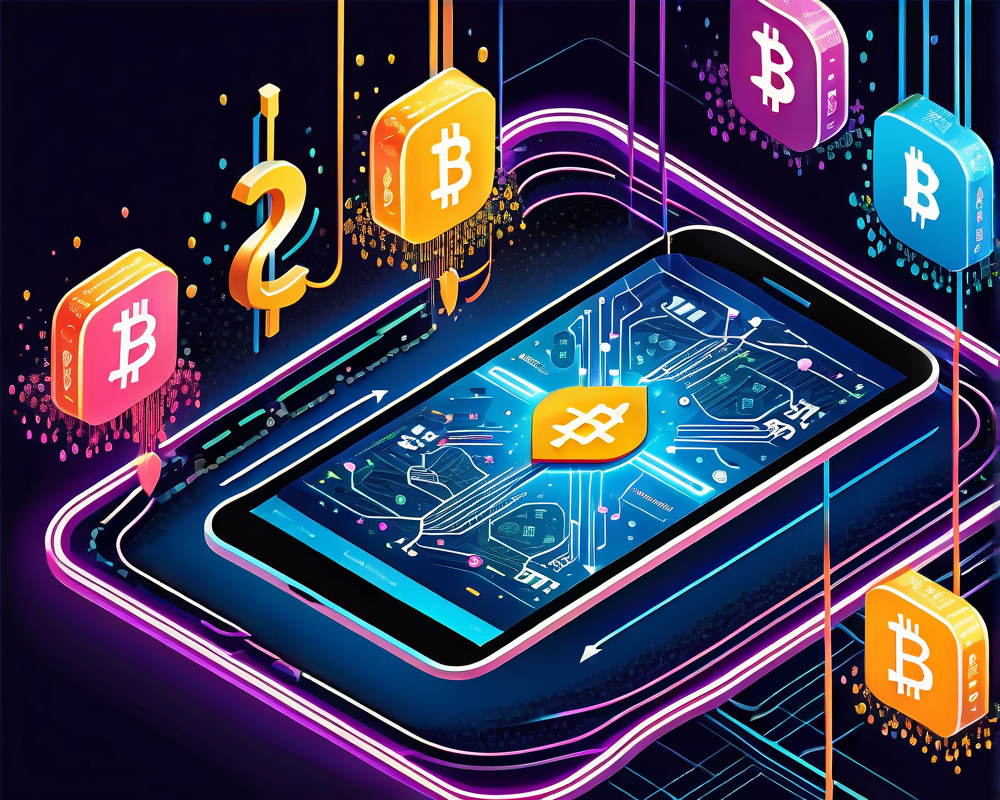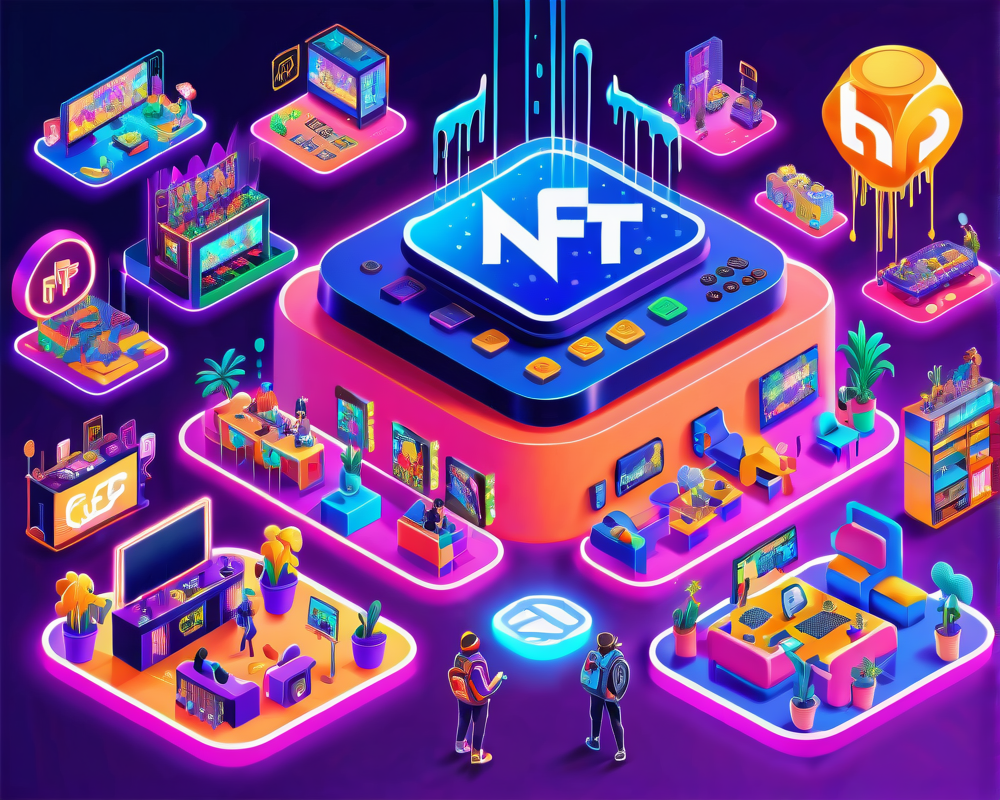Navigating the Crossroads of Blockchain and Traditional Banking: The Future of Digital Payments
The Shift in Payment Paradigms
Blockchain technology is not just a buzzword; it’s shaking up the world of digital payments faster than you can say “tech disruption.” With new contenders like Ripple and Facebook’s Libra stepping onto the stage, traditional financial institutions like SWIFT, Visa, and Mastercard are scrambling to upgrade their legacy systems. It’s like watching a bunch of dinosaurs trying to run a marathon against a fleet of speedy little gazelles. Spoiler: the gazelles usually win.
The Relevance Rebellion: Adapt or Die
The crux of the matter? Relevance. As blockchain systems pitch themselves as replacements for outdated financial infrastructures with promises of security and efficiency, established players find themselves trapped in a classic game of ‘adapt or get left behind.’ You’ve read the story before: companies must figure out how to achieve the holy trinity of modern payments—speed, security, and cost-efficiency—without sinking into the murky waters of redundancy.
Fast, Cheap, Good: The Holy Triad
It’s all about the balancing act, and companies are not juggling watermelons here; they’re dealing with speed and cost. Recent reports reveal that SWIFT is testing new cross-border payment options that significantly reduce transaction times. If successful, they might just break the snail’s pace of traditional transactions. That said, the age-old mantra of “Fast, Cheap, Good” isn’t as straightforward as it sounds. Can you only pick two?
The Ripple Effect: Speed Vs. Security
Take Ripple as an example. They claim their XRP can handle an impressive 1,500 transactions per second and can potentially scale up to a jaw-dropping 50,000 per second. However, is being the super-fast kid on the block enough? Ripple’s CEO, Brad Garlinghouse, emphasizes the inefficiencies of the legacy system, particularly related to correspondent banking relationships—those pesky intermediaries that slow everything down. Just imagine trying to send money but first having to convince your neighbor to deliver your message, only to have them stuck in traffic.
The Privacy and Regulation Tightrope
With freedom comes accountability. New blockchain systems must dance through a minefield of regulations that traditional players like SWIFT seemingly glide over. Companies like Ripple are under the watchful eyes of regulators around the globe, especially with mammoth initiatives like Libra looming on the horizon. The financial landscape may feel like it’s in a constant state of flux, much like a soap opera that just won’t die!
The Future: Hybrid Solutions and the Way Forward
As we venture deeper into this financial renaissance, the trend leans towards hybrid solutions. These systems blend the benefits of both centralized and decentralized technologies, akin to mixing peanut butter and chocolate. For instance, SWIFT is integrating distributed ledger technology (DLT) into its Global Payments Innovation program, while major financial players like Visa are developing their own centralized payment networks infused with DLT elements.
A Collaborative Future?
The overarching narrative? A symbiosis between the old guard and the new challengers is more likely than outright carnage. Mainstream institutions are adopting practices from blockchain innovators, while new players are seeking legitimacy and trust, aiming to become the backbone for global remittance. So, while the revolution is here, it won’t be a full-on takeover; rather, think of it as a cooperative evolution toward a more efficient payment ecosystem.




